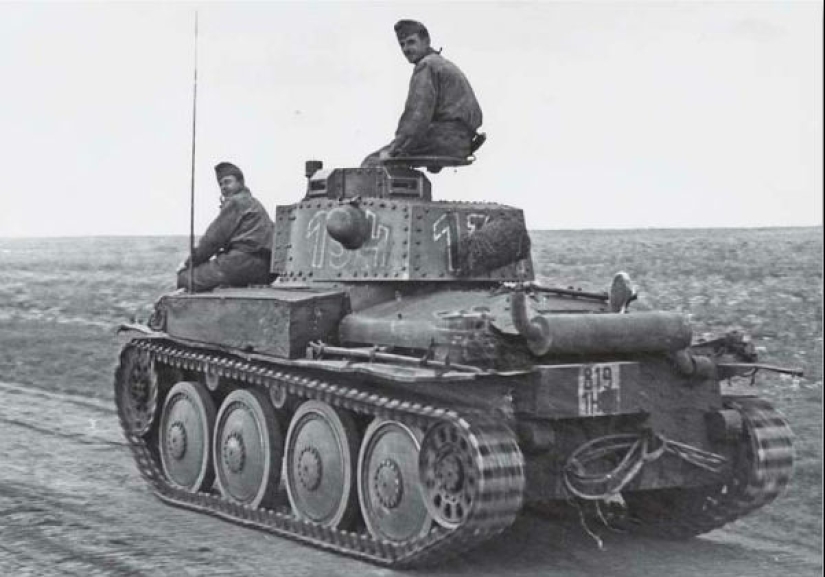How mice helped defeat the Red Army of the Germans in the battles for Stalingrad
By Pictolic https://pictolic.com/article/how-mice-helped-defeat-the-red-army-of-the-germans-in-the-battles-for-stalingrad.htmlWhen they talk about the contribution of animals to the victory over Nazi Germany, dogs and horses are most often remembered. The most erudite will also name carrier pigeons, but no one will think of adding mice to this list. Rodents, on the contrary, harm at the front and in the rear, destroying food supplies and arranging damage to clothing, documentation and in general everything they can get to. But it was the unpleasant passion of these animals to gnaw everything that helped them to contribute to the victory of the Red Army in Stalingrad.

While Friedrich Paulus' 6th Army, bearing heavy losses, was breaking through to the Volga, the 22nd Panzer Division of the 48th Tank Corps was in reserve, securely hidden by camouflage tents in the boundless Volga steppes. The division was equipped with light and significantly outdated Czech Pz. 38 (t) tanks, but in the battles for Stalingrad, a hundred of these vehicles could prove to be a serious trump card in the hands of the Germans.

To protect the equipment from cold and moisture, the Germans carefully wrapped it with straw and put it in specially opened trenches. Since there was not enough fuel, the tanks were not started and everyone was sure that the cars were ready to move into battle at any moment. On November 19, 1942, when the Red Army launched Operation Uranus to encircle Paulus' army, the hour of the 22nd Division struck and she was ordered to go to the aid of the 3rd Romanian Army.
To the unpleasant surprise of the Nazis, out of more than 100 tanks, only 30 were started. The rest of the equipment showed no signs of life, despite the full tanks. But not all of those armored vehicles that were able to march immediately reached the battlefield — some of them hopelessly stalled in the fields.

As it turned out, it wasn't Soviet saboteurs and early frosts that were to blame for everything, but ordinary field mice. These crumbs chose straw, which covered the tanks and slowly gnawed the wiring of cars. It is very difficult to eliminate damages of such a plan in the field, and there was no time for such repairs. The tanks remained standing in an open field.
The terrible situation for the German tankers was aggravated by stupid orders from the command. As a result, the tanks of the 22nd Division were late and could not connect with the Romanian tank division. After bloody battles against the 1st Soviet Corps, several survivors of the Pz. 38(t) of the Wehrmacht were forced to flee.
Historian Alexey Isaev is sure that even in full strength, a tank division consisting of old light tanks would not be able to resist the massive offensive of Soviet troops. But the fact remains that the hated mice this time stood on the side of the Red Army and made their contribution to the Stalingrad victory.

The case of mice forced the Germans to closely monitor the technical condition of machines and any equipment in general. On December 5, 1942, a directive of the Supreme Command of the Ground Forces appeared, prescribing to constantly check the driving qualities of tanks and other vehicles.
Recent articles

It is very important for children that a book has illustrations. Good design makes any story interesting and memorable. More than ...

Lovers of nature and outdoor recreation will find in Norway has the greatest variety of landscapes within one European country. ...

Every country in the world has its own peculiarities and secrets. Therefore, a tourist, even just walking along a street devoid of ...